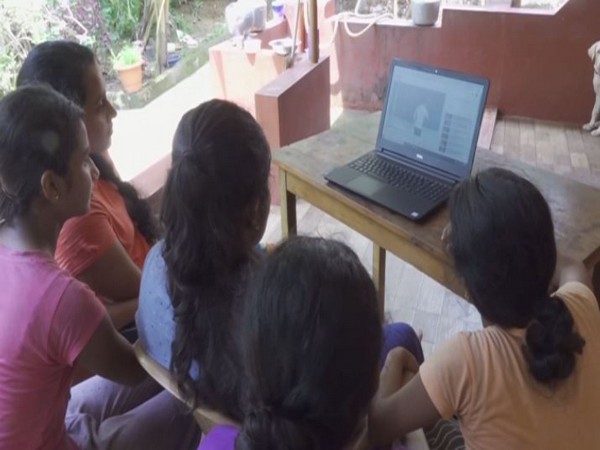School connectivity could boost GDP by up to 20 pct in least connected nations: Report
According to the Ericsson-backed Economist Intelligence Unit (EIU) report "Connecting Learners: Narrowing the Educational Divide" for every 10 percent increase in school connectivity in a country, GDP per capita could increase by 1.1 percent.

The least connected nations have the potential to realize an increase in GDP by up to 20 percent by connecting schools to the internet, says a new Ericsson-backed report that highlights the benefits of school connectivity and calls for collaboration among sector leaders to make internet connectivity a global reality for school children of all ages.
According to the Economist Intelligence Unit (EIU) report "Connecting Learners: Narrowing the Educational Divide" for every 10 percent increase in school connectivity in a country, GDP per capita could increase by 1.1 percent.
The Ericsson-backed EIU report finds that the benefits of school connectivity can extend beyond children. Apart from individual-level benefits such as improved educational outcomes and enhanced career opportunities for children, school connectivity can lead to higher economic activity and wider community development.
Further, the EIU report highlights four key areas for multi-sector collaboration:
- Collaboration is key: A holistic, public-private partnership (PPP) strategy is needed to coordinate efforts with stakeholders to overcome barriers to school connectivity.
- Accessibility and affordability: While building infrastructure to enable access to the internet is a starting point, quality of connection and cost are important factors as well.
- Embedding the internet and digital tools into education: Once access to school connectivity is achieved, it must be embedded into the curriculum. Teachers must be trained to integrate technology into everyday learning.
- Protecting children online: Additional steps must be taken to ensure healthy and protected online learning environments. Internet usage must be properly managed to ensure safe and secure use.
"It's key that we collaborate across sectors to connect schools and provide quality digital learning, so every child and young person can leapfrog to a brighter future," said Charlotte Petri-Gornitzka, UNICEF Deputy Executive Director, Partnerships.
The report also reinforces Ericsson's belief that the ambitious goal of Giga, a school connectivity initiative founded by UNICEF and the International Telecommunication Union (ITU), to connect all schools and their surrounding communities by 2030 is achievable. The Swedish firm has committed its efforts via a three-year partnership with UNICEF to help map the current school connectivity gap across 35 countries.
"When Giga was announced, we immediately understood the positive impact it could deliver - bridging the digital divide between and within countries, to give children the world over the opportunity of bright and rewarding futures. The report makes it clear that partnership between business leaders, public sector leaders and NGOs can take effective action to address this issue and significantly impact lives," noted Heather Johnson, Vice President of Sustainability and Corporate Responsibility, Ericsson.
- READ MORE ON:
- School connectivity
- Ericsson
- Giga
- digital divide










